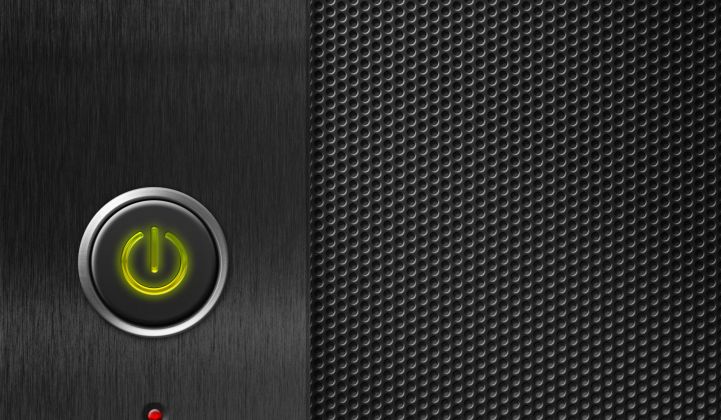Mike Phillips is obsessed with always-on devices.
As CEO of Sense Labs, a startup building home energy monitors, he regularly sees residences with always-on loads that make up 20 percent or more of monthly energy consumption. That includes televisions, DVRs and set-top boxes, computers, kitchen appliances, and a wide range of other digital gadgets.
"If you care about the total amount of power you're using, these things using power all day long, every single day, really do add up in a surprising way," said Phillips.
Sense's house-by-house analysis mirrors a 2015 study from the Natural Resources Defense Council, which found that always-on loads make up nearly one-quarter of electricity use in Northern California homes.
Nationwide, NRDC found that the average American household spends $165 per year on electricity to power electronics, appliances and other devices that rarely — if ever — shut off.
"When you add it up across the more than 110 million or so homes across the U.S., it's about $19 billion of energy that is, basically, not providing any value to the user. It's just drawing power, and weighing on their wallets without providing value," said Pierre Delforge, a senior policy advocate at NRDC and author of the report.
Armed with this data, Phillips focused his obsession on one particular device: DVRs. There are over 200 million DVRs scattered throughout the country, always running. Does power-save mode actually do anything to reduce their energy consumption?
Phillips partnered with Joe Bamberg, the hardware lead at Sense, to test DVR models used by Comcast, Time Warner and DirecTV. When they opened the boxes up and measured performance under normal operating conditions, they found something surprising: The power-save mode was only saving 1 to 1.5 watts. The results were consistent across all models.
"To the user, it appears that this thing is shut off and powered down, and it's really not. It's really not," said Bamberg. "As far as I can tell, the LED turns off."
In other words, power-save mode isn't actually saving consumers energy. According to Sense's calculations, a "true" power-saving mode could save an additional $1.5 billion in energy costs.
We visited Sense Labs to investigate. Listen to this week's episode of The Interchange podcast for a look at the hidden world of always-on devices.
Of course, service providers view the situation much differently. It's well known within the industry that power-save mode for DVRs doesn't do much. The overall efficiency of the devices matters most, they say — not necessarily power-save mode.
In 2012, a consortium of cable companies, manufacturers and efficiency advocates came together to create voluntary standards for improving performance. Since then, the overall efficiency of DVRs has improved by 46 percent.
"We've saved consumers about $3.5 billion. And the savings keep growing each year as the total base of set-top boxes out in the field are purchased under this program," explained Paul Hudson, a lawyer representing cable providers. Hudson helped draft the voluntary agreements.
The Consumer Technology Association released a report this month outlining the billions of dollars in savings that set-top box efficiency improvements have enabled. According to the report, deep-sleep modes caused inconveniences for consumers — which is why the boxes don't actually go to sleep.
"While some power scaling successes have been achieved, set-top boxes in 'light' sleep mode typically use much of the power that they consume in on mode, and trialed 'deep' sleep modes had restart times too lengthy to be tolerated by consumers. Notwithstanding significant challenges in improving standby power savings without undermining network requirements and customer expectations, the cable operators are continuing to work with their suppliers on this effort," reads the report.
Mike Phillips and Joe Bamberg aren't convinced, however. They think manufacturers could still do a lot more.
For example, the Xbox One drops from 100 watts while operating down to 0.9 watts while in power-save mode. The iPhone X allows hours of internet and voice use while only consuming 1 watt of power.
"Right now, there are a lot of mobile devices out there, things that are wireless, sensors that are wireless, and those designers, they need to be very cognizant about how much power things are using, because in general they're battery-powered," said Bamberg.
"The problem with these kind of boxes is that they're connected directly to your wall, so it's a secondary or tertiary issue for [designers] unless somebody makes it a priority, and what it takes is somebody somewhere who has the pull to make these a priority," said Bamberg.
Listen to the whole episode, embedded above.
This podcast is supported by Wunder Capital, the easiest way to invest in large-scale solar energy projects across the U.S. With Wunder, you can help finance renewable energy projects while earning up to 7.5 percent annually. Get started here to diversify your portfolio and support American solar projects.
Subscribe to The Interchange podcast via Apple Podcasts, Google Podcasts, Stitcher or wherever you find your audio content.




